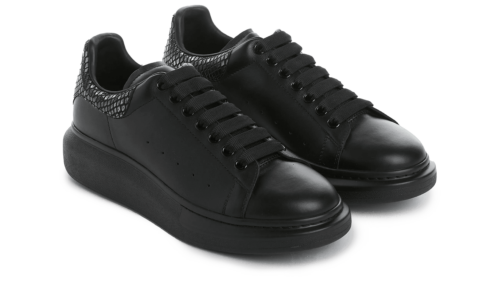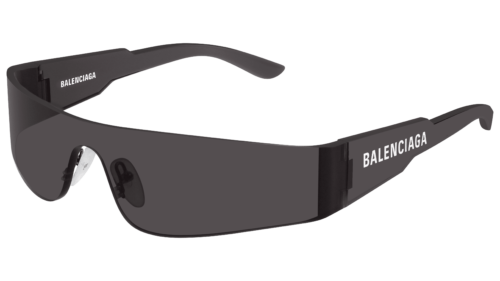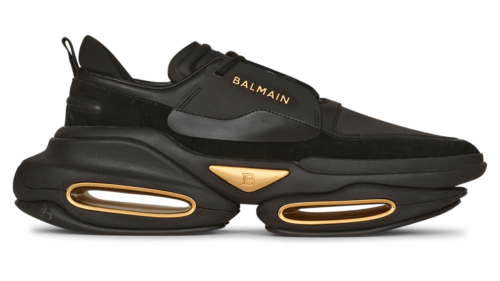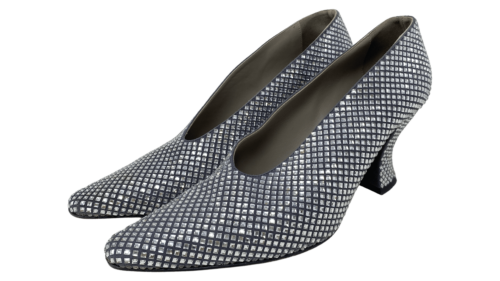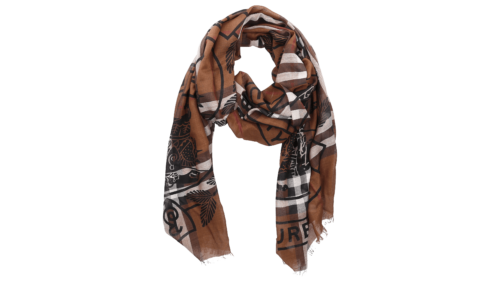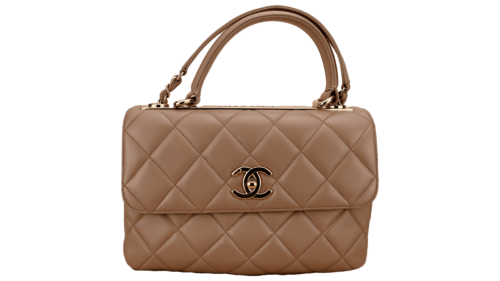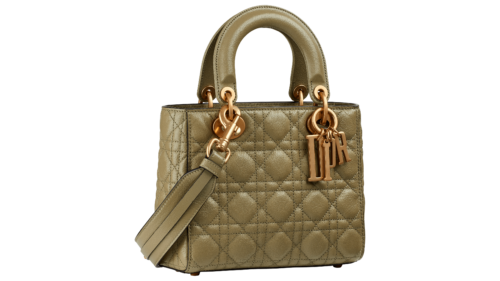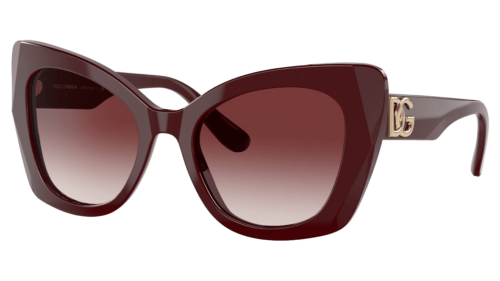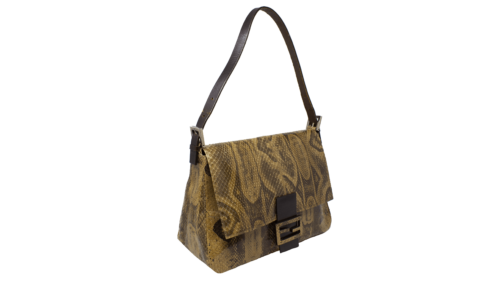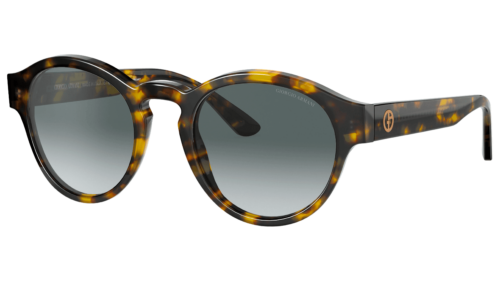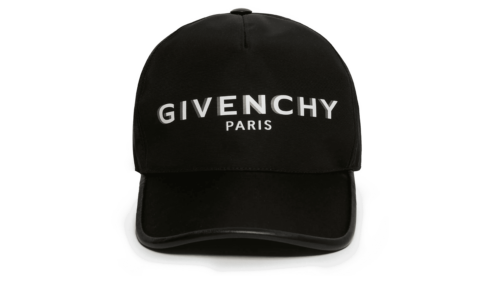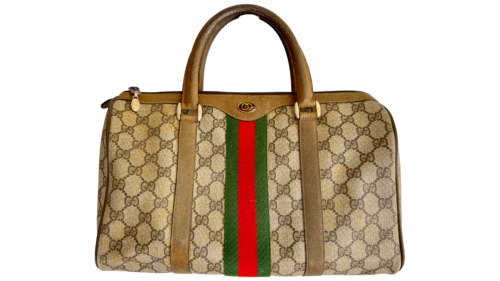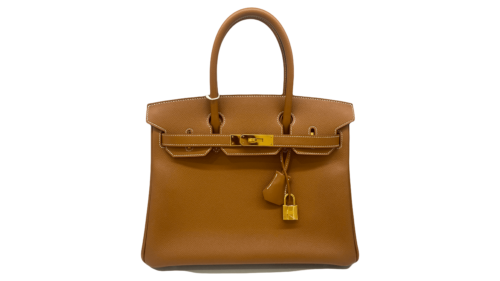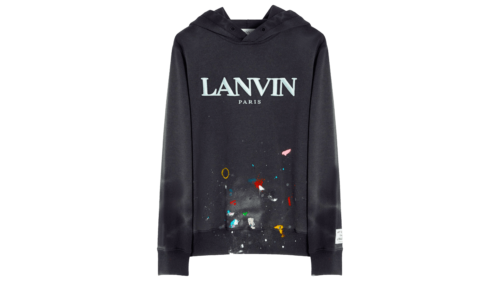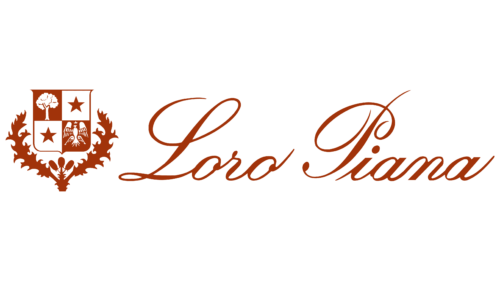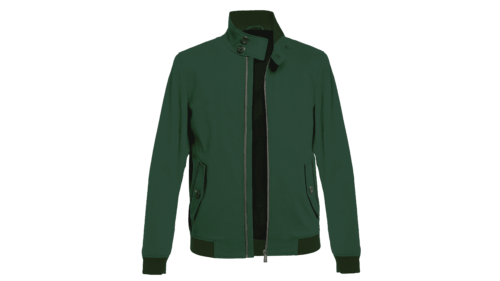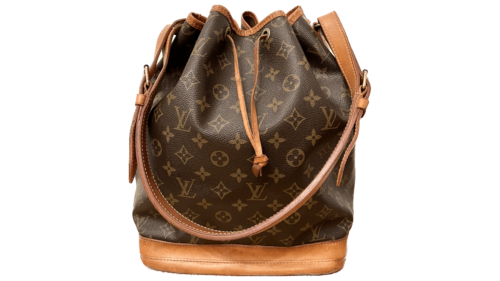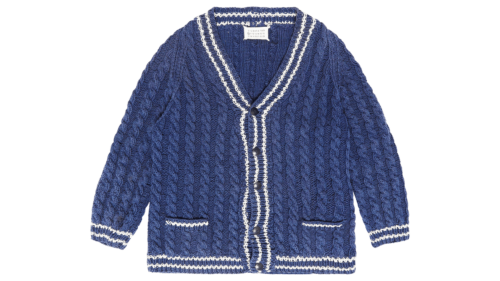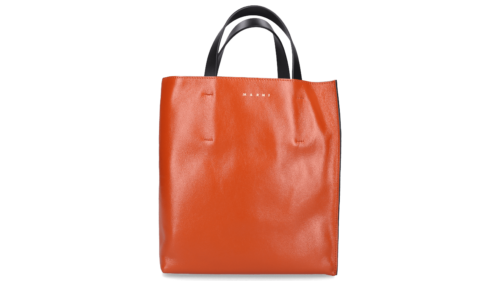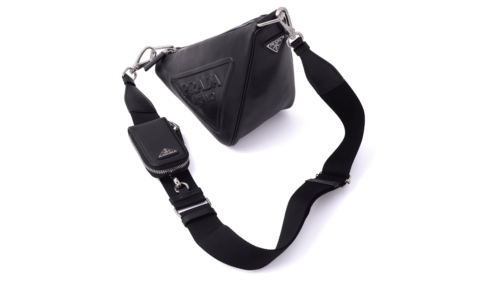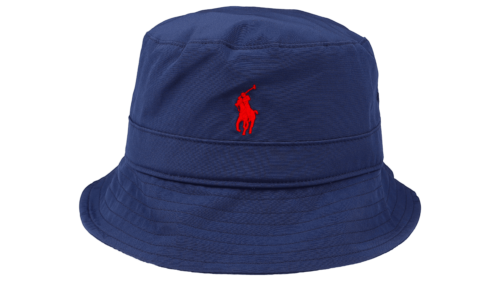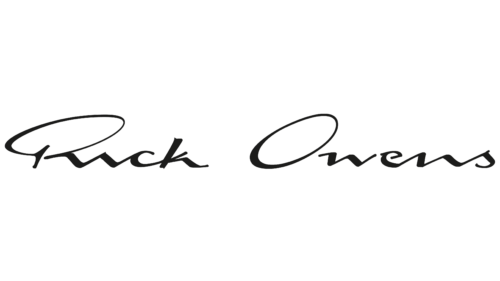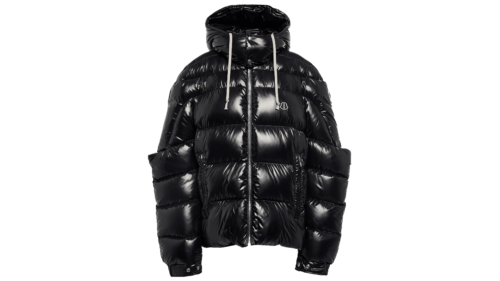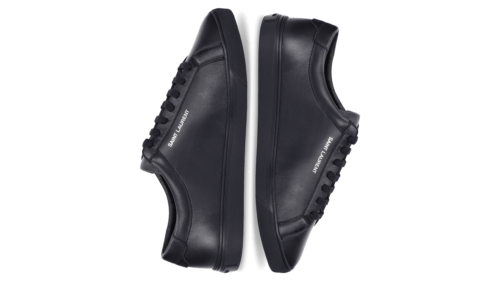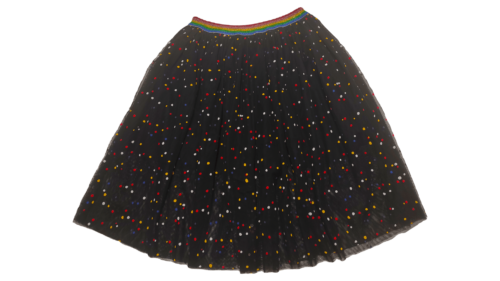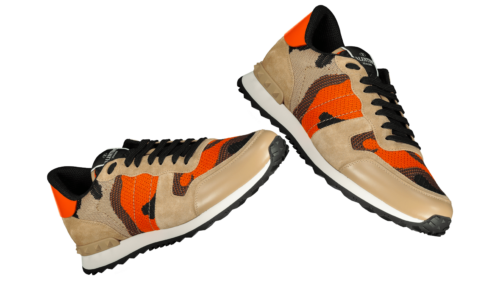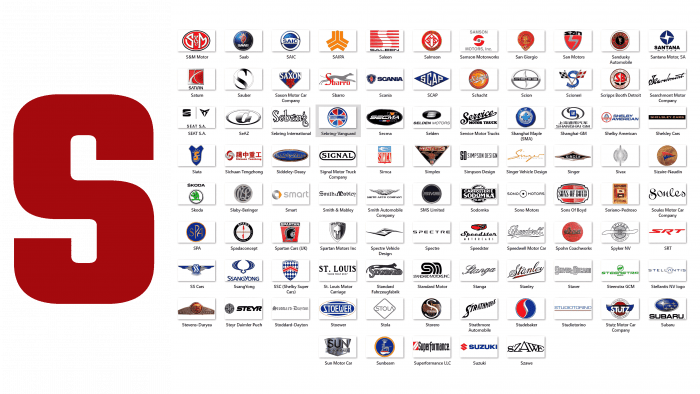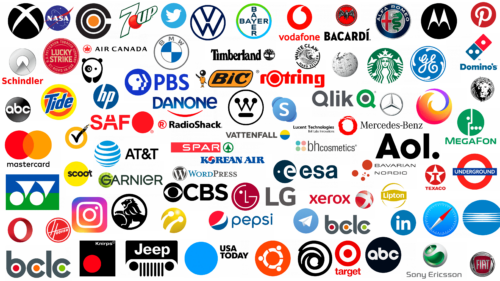Fashion is the preferences that prevail in a particular society. Therefore, fashion depends on the continent, nationality, country, and even neighborhood. In Europe, it is fashionable to be thin, while in Jamaica or South Africa, it is a sign of poverty and disease. In India, women grow their hair, while in the Maasai tribe, the standard of beauty is a shaved woman.
Similar differences exist in the world of clothing and accessories. However, here, in addition to social environment and geographical location, trends in technology and lifestyle influence popularity. Therefore, the demand for this or that thing, image, or fabric is quite fleeting. It is believed that fashion trends change every 2-9 years and every year, new details are added to them.
For example, who doesn’t remember the shiny tight leggings in the 90s? In the 2020s, fashion is back, but leggings have transformed into leggings in nicer fabrics in all colors and sizes. Some trends come and go in a year (pleated skirts, leopard shoes), and some, like jeans, don’t go out of style for years.
Best Designer Fashion Brands
It is believed that fashion in clothing originated when things, in addition to the necessary practical details, began to actively add details of beauty. And it happened a very long time ago. The first needles date back 60 thousand years. B.C. In the Middle Ages, costumes were decorated with embroidery and precious stones. However, most often, it was not sewn in our understanding of products and pieces of fabric from which formed tunics, capes, and skirts. The ends of the scraps were fastened with jewelry, and the sleeves or legs were laced.
In Europe, only by the 10th century was there a profession of tailors who worked with scissors, thread, needles, and sewed costumes. The construction of clothes from the back, sleeves, and pants was formed after the XIII century.
As for the concept of fashion, fashion houses, and shows, they emerged at the end of the XIX century. Here, the leadership belongs to the French and, more precisely, to Sir Charles Frederick Worth, who held the first fashion show.
Today’s leading fashion brands are a delightful fusion of creativity, innovation, and quality, embodying the freshest and most relevant trends in the fashion industry. These iconic brands are constantly transforming, combining unique style, functionality, and comfort to meet the diverse preferences and needs of today’s consumers. From couture houses to popular streetwear brands, today’s leading fashion brands ignite the imagination and stimulate the desire for self-expression through clothing, accessories, and footwear. As you dive into the world of these fashion brands, you will discover the true art of fashion and style embodied in each unique and relevant look.
Alexander McQueen
Developing his brand, the young designer also gained good experience working at Givenchy and Savile Row. Gradually, McQueen developed his unique style, combining confidence, openness, and passage.
The outfits have elements of empire style with eye-catching bright empathetic details: voluminous skirt above the knees, shoulders forming a bow, a dress sewn from small rolls of fabric. This flamboyance can be traced in the brand’s logo, Q, which resembles a flower with the letter C inscribed in it.
The combination of the couturier’s talent and the experience of the large company that bought him allowed him to expand his clientele, achieve fame, and open mono-brand stores.
After the death of the couturier, who committed suicide in 2010, his place was taken by Sarah Burton, an associate of the master, who successfully continued the business of the designer. Her models are more feminine and flowing but still have a hint of the palatial fashion of the past.
Balenciaga
A trendsetter with more than 100 years of history, a member of the Syndicat de la Haute Couture in Paris. On the designer’s Olympus since 1914. However, the founder’s talent was initially appreciated in Spain when he was 16 years old, and it was only during World War II that he moved to France.
High waists, puffy skirts, stand-up collars, cocoon and side-skirt dresses, hooded jackets, and subway-style shoulder pads. However, the ready-to-wear line came after Balenciaga’s departure. He worked in the field of haute couture. His unique and unusual outfits were bought only by very famous and rich clients. For the average person, the designer was little known. A funnel dress or ball skirt was not suitable for everyday style.
In 1968, the master left fashion, closing his ateliers, and four years later died. Subsequently, his work and ideas were continued by his followers in 1986. They made the designer’s ideas accessible to most customers. Extravagance and unusual shapes are captured in the logo of the brand in the form of two letters, B, looking in different directions.
Balmain
The house creates creative and colorful outfits with a tightened waist for bright and self-confident personalities. Such things should not be worn in the city. The sets are ordered from the designer for special occasions. In the creations from Balmain, it is difficult to remain unnoticed. Embossed materials, glossy finish, avant-garde design. Images from the fashion house are appreciated by Hepburn, Loren, and Dietrich. Such a direction in clothing even received its name – “Madame Joly.”
Bottega Veneta
It is one of the unique brands without a logo. Actually, the brand practically had no name. “Workshop in Veneto” (region of Italy). It’s just a workshop. The tannery, which opened in 1966, sewed products and accessories for other brands, so it didn’t care much about visual identity and recognizability.
However, everything changed with the release of the first model of the Cabat bag, which brought the company instant popularity. Having worked “for themselves” at Bottega Veneta, they didn’t change their marketing approach. No big name, no signage.
Handmade products are real business cards of Italian manufacturers. The best sorts of leather, more than 700 thousand shades, and unusual techniques of forming the cloth from interlacing leather strips distinguish Bottega Veneta products from all designer products.
In addition to bags, suitcases, shoes, and other goods, the brand presented collections of women’s and men’s clothing, consisting of leather jackets, skirts, and coats, complemented by knitwear, which can be purchased in 140 boutiques around the world.
Burberry
It is a British house with a rich history dating back to 1856. The founder of the brand worked in a fabric store and knew their properties well. Initially, the brand was valued for its quality tailoring and elegant cut of outerwear, especially after the invention of the gabardine.
In Burberry boutiques, you can buy coats, raincoats, and trench coats of this brand, accessories with the famous white-black-beige check, jeans, underwear, and cosmetics.
Burberry logo with the image of a knight on a horse reminds me of that glorious time when the house was the official supplier of clothing for the British army. It is one of many major achievements. The company has twice received a patent from the royal court.
Chanel
All childhood and youth in an orphanage, without maternal influence and upbringing by nuns, did not create the prerequisites for the development of taste and understanding of fashion. However, this did not prevent Gabrielle Chanel from becoming the most famous couturier in the world.
She came out of a convent orphanage, knowing how to sew and working in a women’s clothing store. A career in the Coco cabaret helped her acquire the necessary knowledge and acquaintances. Using her charm, with the help of friends and admirers, Chanel opened her first store and revolutionized the fashion world.
Despite the fact that after Chanel at the head of the house, she was replaced by two equally famous designers, it is with the name of the immortal Gabrielle will always be associated with the brand Chanel. Two open crossed rings in the logo are capital letters of the surname and stage pseudonym of the founder.
The main focus of the atelier is to make everyday clothes simple but feminine. A mini-dress without jewelry and a corset from Coco is considered a standard of elegance and style. For the opportunity to wear skirt suits, ladies should also be grateful to the couturier.
If the style of Chanel in clothes is laconism, the smell of perfume of this brand conveys all the shades of a diverse female nature. Chanel was the first to use many essences in perfumery, creating a unique plume.
Clothes, jewelry, handbags, and perfumes of the fashion house can be purchased only in the company’s boutiques, which number 310 around the world.
Dior
The first Dior collection was presented in the designer’s small studio in 1947. After the war, asceticism, and the decline of fashion, his flared dresses brought a fresh stream to the female image, so they were immediately remembered.
No matter how much they scolded the master for excessive wastefulness and exorbitant consumption of cloth, it did not prevent him from receiving women’s love and numerous orders. A year later, a Dior boutique with clothes, furs, bags, and accessories from the couturier was already working in New York.
However, luck accompanied the house for a short time. After ten years of work, Dior dies, taking with him the original ideas. Only three years later, the place of the main designer was taken by Marc Boan, who managed to continue the couturier’s business. His approach attracted famous fans in the person of Lauren and Dietrich.
The brand is based on a refined silhouette, feminine shapes, floral motifs, and long flared skirts. The Dior logo, made in the form of elegant letters, supports the idea of simplicity and elegance in the best possible way.
Dolce & Gabbana
This brand is a joint creation of two designers who named the luxury clothing line after themselves. The popular ripped jeans are the idea behind the brand. The partners brought out the underwear, turning it into a noticeable detail of the image. And then, on the contrary, having removed it, offered to wear the suit directly on the naked body. Animal prints are also a discovery of the brand.
Perhaps the sexuality of the images was inspired by the romantic relationship between Domenico and Stefano, who not only worked but also lived together. In tandem, the designers created lines of perfumes, watches, eyewear, and even bicycles and cars. They designed costumes for Madonna’s, Houston’s, and Minogue’s tours and uniforms for Milano soccer players.
The successful partnership is also reflected in the company’s logo, which consists of the first letters of the designers’ surnames.
Interestingly, most of the company’s collections were sewn not by craftsmen but under license from other firms until the clothing company was acquired in 1999.
Fendi
The glamor of fur and leather reflects the Italian style in the best possible way. Since the opening of the first store, handmade products immediately gained fans. And after Lagerfeld joined the company, the brand began to blossom. The FF logo became associated with luxury, beauty, and lightness. Closer to the 2000s, another successful direction for the brand became bags. Baguette and Spy models are very popular.
Giorgio Armani
The master decided to found a fashion house only at the age of 40. Before that, he worked as a fashion designer in other firms. Armani’s style is a classic. Elegant pantsuits for men and women, beautiful silhouettes, and the absence of unnecessary details. Models became especially famous after the release of the cult movie “Pretty Woman,” where they were worn by Richard Gere.
Interestingly, the master created models and developed new fabrics for them. The house independently managed the sales system, including an online store. In addition to clothing, Armani took part in the opening of the restaurant and hotel system and developed the design of luxury cars.
Whatever the creative genius undertook, he was successful everywhere. The growth and achievements of the brand are evidenced by the logo in the form of an eagle with its wings raised in the shape of the symbol of victory – the letter V.
Givenchy
The fashion house Givenchy never welcomed strange, extravagant clothes. Although young Hubert had great respect for Balenciaga’s creations, he was inspired by his example and even worked and lived with the designer.
The master’s clothes, on the contrary, are simple, comfortable, and elegant. For this, it was appreciated by such style benchmarks as Hepburn and Kelly. Givenchy presented his first collection at the age of 25. The world owes his imagination to sports dresses, wedding dresses with bare shoulders, puffy floor-length skirts, and small sleeveless dresses.
Givenchy perfumes and cosmetics are no less famous than clothes.
After the LVMH brand was sold and the owner left, the fashion house could not find its ideal designer for a long time. No one lingered on the post and could not feel the famous style. Until Ricardo Tisci came along.
Inspired by past models, he managed to create clothes in the master’s style but added a fatal passion and boldness. Givenchy’s “4 G” code favored the follower’s work, allowing him to remain at the helm for 12 years.
After Tisci’s departure, the house is once again undergoing a succession of replacements and becoming a launching pad for talented designers. On the one hand, it is a constant inflow of fresh ideas; on the other hand, it is problematic to keep the face and style at such a turnover.
Gucci
It is one of the largest fashion houses, second in sales after Louis Vuitton. It has 300 mono-brand stores and representative offices in France, Italy, America, and Great Britain. It belongs to a large concern, Kering, and a whole constellation of famous brands, including Yves Saint Laurent, Balenciaga, and McQueen.
Gucci outfits have been pleasing customers for more than 100 years. However, for a long time, the master was looking for his vocation: horse harness seller, porter, messenger, elevator operator. Gucci took on any job. It took eighteen years before the designer’s first products appeared. But elite bags, clothes for racing, and bridles immediately found their connoisseurs.
The master and his heirs put their whole soul into the work, thought out the steps for the development of the brand to the smallest detail, created a memorable logo of crossed letters G, looking in different directions, and bought the best leather.
Red-green braid, which adorned many models of bags and clothes, striped pants, bright colors, and glamorous open evening dresses from the designer, has become a part of everyday life. Many stars choose outfits of this brand for red carpets.
Hermes
Hermes is one of the houses whose outfits have been in demand for almost 200 years.
The logo, with the image of a carriage and a horse, conveys the venerable age of the brand and points to the product that started the development of the company – the horse harness. Yes, in 1837, the design house was engaged in fashion for horses. And very successfully. In 1867, the harness from the founder of the company, Thierry Hermes, was recognized as the best in the world.
In the 1900s, leather of excellent quality was used in the manufacture of handbags, as the first saddle, and since 1920, elegant women’s. By the way, the company is still best known for its beautiful bags. It is only possible to purchase some, such as those from the Birkin line, through a waiting list.
After the expansion went seven-mile steps: leather jackets, collections of women’s clothing, watches, bracelets, perfumes, tableware – everywhere the fashion house left its mark.
Over the century, no less than 13 designers have had a hand in creating the Hermes style. Valuable works of art served as inspiration for the models. That is why all the company’s offers are characterized by elegance and high style. They are sewed from natural materials: ordinary and elite leather (python, ostrich, crocodile), silk, and cotton.
Lanvin
The history of the Lanvin house deserves respect and attention. The company has been known and popular since 1889. There are only three such old-timers in France. The designer of the brand is considered the founder of children’s fashion. Starting to sew for her daughter, Jeanne Lanvin found fans and buyers of clothes. Everyone wanted to have the same dresses for children. When models began to order the mothers of babies, the Paris syndicate was recognized in Lanvin Couturier. This allowed them to have a fashion house and logo. Given the direction of the work, it is not surprising that the silhouette of a mother and child became a trademark.
Among the features of the clothes of this company are beads, floral prints, lace ribbons, and flying fabrics.
Loro Piana
Peruvian vicuña, New Zealand merino, and Mongolian yak – these are just some of the animals whose wool is transformed in the house of Loro Piana into magnificent fabric. The family has kept the unique secrets of woolen fabric production since the XIX century. That is why their goods are in demand by garment factories all over the world.
From the obtained fabrics, the company also sews clothes of its brands. These are coats, suits, dresses, pants for every day, and specialized sportswear for racing, sailing, equestrian polo, etc. The company has developed technology that makes the materials warm and waterproof.
The brand’s products are not subject to fashion trends and trends, as wool products are always in demand. The company logo demonstrates the careful attitude to nature and elegance of the models.
Louis Vuitton
Louis Vuitton bags and suitcases are expensive luxury. Having started servicing the royal house, the followers of the couturier still sew their products for famous people only to order no more than 300 items a year.
In the clothing market, the brand appeared relatively recently – 100 years after its foundation (1998), and in 2016 he introduced a line of perfumes. To him, we owe fashion to the combination of dresses and boots, airy blouses, strict jackets, and things in polka dots. All collections are a tandem of past and modern, strict and light, a game with fabrics and styles.
Geometric figures in the visual sign (four petals in a circle, a rhombus and a star, a cell, and the founder’s initials superimposed on each other) testify to the harmony and precision of all Louis Vuitton images and products. Impeccable tailoring quality is a special feature of the brand.
Along with the clothes, from the first days of its existence, the brand has been engaged in the architectural appearance of the company stores, which have opened in 53 countries of the world.
Maison Martin Margiela
It is an outrageous and empathetic brand that creates clothes from the most unpredictable materials, from aprons to postcards. The designer loves recycled materials. He knows how to create something luxurious out of the simple and cheap. Even the house logo is far from the usual – just four stitches. The first invitation to the show of the collection the master made by distributing newspapers with free advertisements. Despite being too empathetic and unsuitable for everyday life, Margiela still managed to create something in demand and popular – modified sneakers, Replica military.
Marni
Bright colors, glitter, prints, and various textures are what distinguish the young Milanese brand (1994). Individuality can be traced in everything, even in the name, in which the designer immortalized not her surname or place of work but the name of her sister.
Starting with a rather unpopular and old-fashioned fur at the time, the fashion designer breathed new life into this material. Consuelo came up with the idea of sewing all items of toiletry from fur.
After the transition to the combination of heterogeneous textures of fabrics that give a special feeling when touching and wearing, a loose cut that does not emphasize the figure is another Marni trend, a hint of this is reflected in the loose logo of the company, with a large distance between the letters.
Today, the brand belongs to another owner; a new designer is working on it, but he adheres to the basic techniques of the founder, preserving the brand’s individuality. At the same time, collections in collaboration with other fashion houses are regularly released.
Prada
When in 1913. Mario Prada began selling bags, suitcases, and other accessories made of tortoiseshell, ivory, expensive wood, silver, and stones; he was more of a distributor and merchant than a designer. Models for the store were created by other craftsmen.
The real debut of the brand in the field of fashion took place after the granddaughter of the founder came to manage the brand. Miucci created a collection of handbags, shoes, and – casual clothes with a low waist. All the developments were to the taste of customers.
Restrained colors distinguish the brand’s products for office and work meetings. At the same time, they emphasize the sexuality of the owner and have an impeccable cut. The image epitomizes an educated, well-mannered businesswoman. In the company logo it is manifested in the transformation of letter elements into ties.
Women’s collections are released in the Donna line, and men’s – Uomo. The Miu Miu youth series is produced separately.
Ralph Lauren
The Ralph Lauren house makes a lot of things, from clothing to accessories, from tableware to wallpaper, and from furniture to pet products. The Jewish roots of the founder played their part, allowing the giant empire to develop successfully. After all, the real surname of the couturier is Livshitz.
Ralph opened a fashion house, taking an exorbitant loan of 50 thousand dollars, and focused on the creation of polo models. Constant contact with celebrities made the fashion designer famous. And his logo, with the image of a jockey on a horse, was known throughout America. Therefore, when Lauren expanded his range, everyone bought from him.
The most famous piece of clothing is the polo shirt, which is still popular all over the world.
Rick Owens
The designer holds a bisexual view of the world. He quietly dresses men in skirts and pants at the same time and women in men’s tails and heavy, voluminous jackets. The effect of wear and the appearance of torn or torn-off parts is also characteristic of the couturier. His logo in the form of an indecipherable signature is in keeping with his views.
Saint Laurent
Speaking of unisex style, it is impossible not to mention Yves Saint Laurent. The couturier dressed women in men’s tuxedos and suits, popularized military motifs, and laid the foundations of common fashion for both sexes.
The master made even the usual women’s clothes more simple and practical. For example, the most famous silhouette is a dress with a straight cut, neckline, and sleeveless, decorated with geometric stripes connecting individual parts.
The designer also directly and frankly expressed female sexuality with the help of transparent clothing elements.
Now, the house belongs to the Gucci concern but remains faithful to the basic principles of the couturier. Combination of masculine and feminine, high fashion and casual style, use of national elements, bringing the avant-garde into the classics.
The brand uses signs developed back in 1963. The intertwining of three capital letters of the founder’s name testifies to the tendency to harmonize different styles.
Stella McCartney
The daughter of a famous member of the Liverpool Four was able to write her name in the history of fashion and become popular thanks to her talent rather than her father’s name.
Having started her career in the company Chloe, the girl quickly reached the heights and was recognized as the best designer of the year in 2000. Feeling confident in herself, she opened her own house but never gave up on joint projects, which contributed to the growth of her popularity.
Stella specializes in women’s and children’s clothing and accessories. The fashion designer does not use natural materials, advocating the preservation of nature. Tight silhouettes with loose legs and sleeves create an elegant yet casual look for today’s young women. The brand logo is also characterized by lightness and weightlessness as if pierced by a sewing machine needle.
Valentino
Despite the name of the house, Valentino would never have achieved such success if not for his beloved friend Giancarlo Giammetti, who believed in his partner’s talent so much that he left his studies and devoted himself to promoting the brand.
The fresh look of the young Italian, his bright dresses, lace, and ruffles were to the taste of the stars of that time. The letter V, which opens the capsule with the Valentino logo, speaks of this. It seems to take the buyer beyond the boundaries, showing a new world of images.
The master created many dresses for red carpets and weddings. His clients were Hathaway, Taylor, and Lopez. Among the features of the master – are a fatal red color and elegant long dresses with unusual details. The outfits are ideal for formal events.
Now, the traditions of the house are continued by Piccioli, who successfully adopted the style of the founder and complemented it. Valentino approved the successor, which allowed the designer to remain at the head of the house for 14 years.
Versace
Another brand that has found its niche in a variety of directions. However, the most famous are the shoes and clothes of this brand. It is one of the few houses that remains owned by the family that founded it.
The style of the house is “super sexy”: mini-skirts, maximum open necklines, and cuts to underwear. The Versace emblem accurately reflects this idea, spreading the charm of the gorgon Medusa as a femme fatale.
Gianni Versace’s idea of fashion proved to be in demand. He created outfits for a detective series about the Miami police and uniforms for Club Milano and Real Madrid. The suits were bought by couturiers Crawford, Princess Diana, Madonna, Pavarotti, and Tina Turner.
Now at the helm of the company is the founder’s sister. It took her a lot of effort to revive the popularity of the brand after Gianni’s death. But now the house of Versace is back on track.
Who determines what will be fashionable?
Modern trends are determined by fashion houses. They are teams of designers, stylists, seamstresses, and other specialists who work to create fashion collections that are released 2-4 times a year.
However, determining future trends is a two-way process. It is necessary to understand and grasp what people will like today. The designer’s proposals may not be to the taste of society, and after a few unsuccessful collections, the house will lose customers and go into decline.
On the contrary, there are houses that are so sensitive to the moods and changes in society that their collections always hit the target and are liked by many customers. Everyone knows about such houses: Versace, Gucci, and Dior. The ability to feel what society will accept and to translate this idea into real captivating images is the talent of a real designer.
What distinguishes a thing from a good fashion house?
When you watch fashion shows, it seems that some outfits and collections are not only unwearable but basically unwearable. However, you should distinguish haute couture (haute couture) from everyday fashion (pret-a-porter).
In the former, the designer conveys his vision of the world and his view of the place of clothes in it. The models are sewn in a single copy and at least 75% by hand, sometimes customized. The second option is everyday fashion, which consists of mass-produced outfits that are sold in boutiques. From high fashion to everyday fashion, only certain trends are transferred: fabrics and their combinations, lengths, cuts, and colors.
At the same time, a self-respecting fashion house approaches the matter responsibly, tailoring haute couture and pret-a-porter clothes. Therefore, if you buy a thing from a certain house, it is not only an individual style but also:
- Quality elaboration of all seams.
- Thoughtfulness in wearing.
- Functional fittings and materials.
A classic outfit from a famous couturier will last for more than one year.


